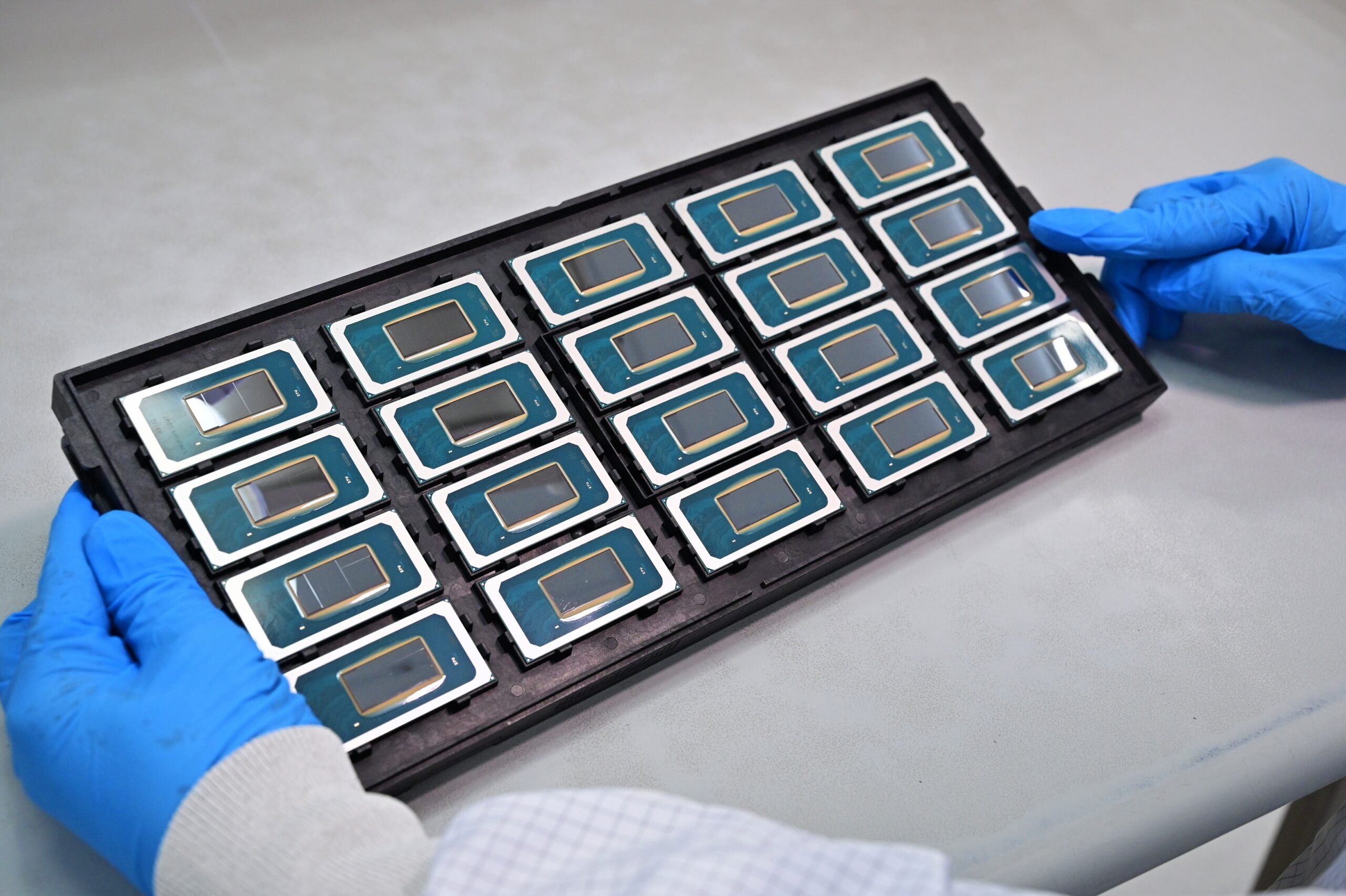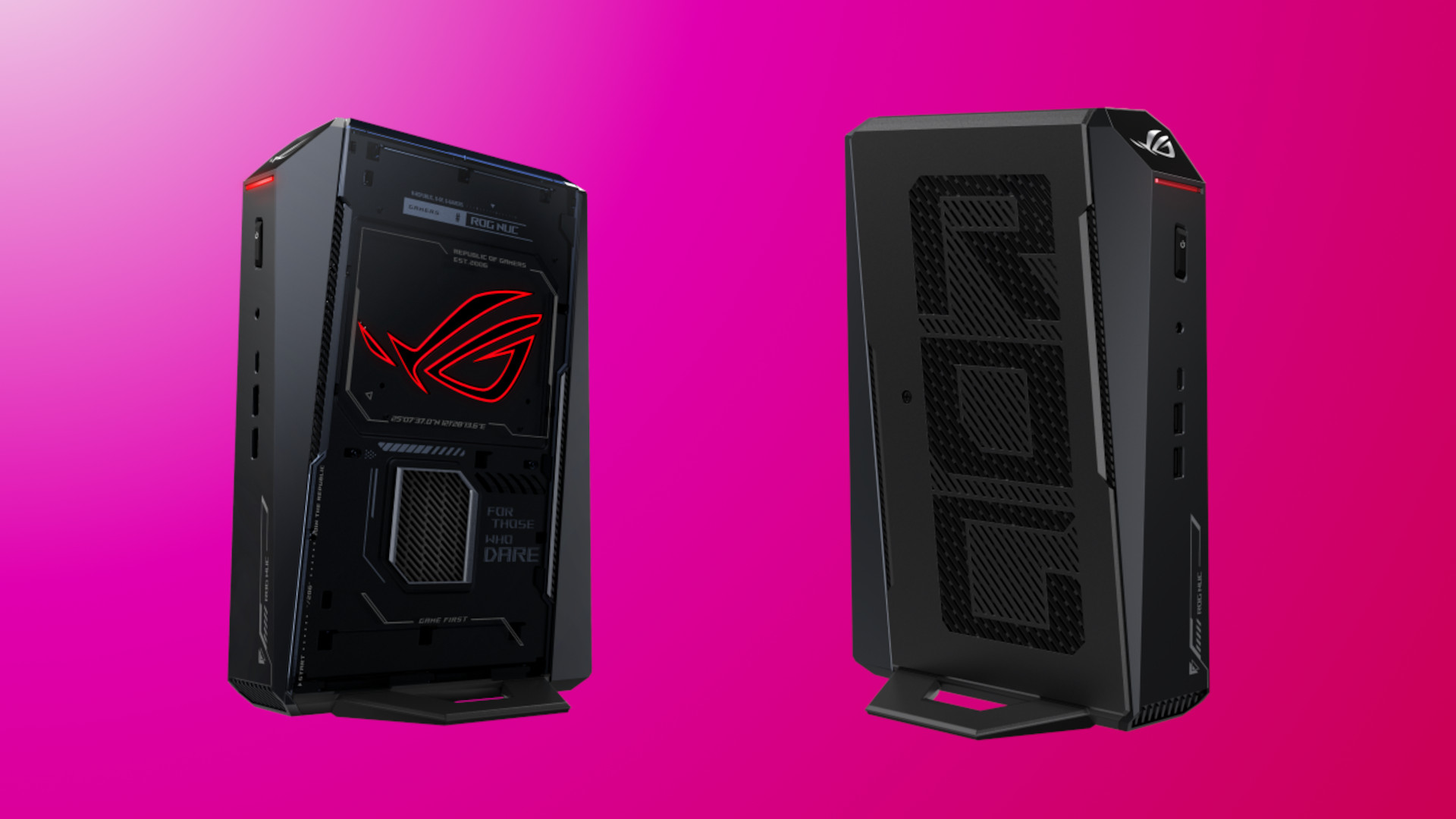It won’t actually hit the markets for another couple of years, but Intel’s forthcoming Lunar Lake CPU architecture has made an early appearance in the SiSoft Sandra database. The entry has all kinds of confusing information and while it only covers the numbers from just one benchmark, they’re actually quite promising.
Intel’s roadmaps for its CPU architectures can get rather confusing at times, especially since the various designs don’t get used in every segment. For example, we’re currently on Raptor Lake and will be for the next generation of Core processors. After that, it’ll be Meteor Lake, which is bringing in a whole new way of putting chips together for Intel.
However, Meteor Lake won’t really be used for desktop CPUs, in that you won’t be able to go out and buy one to upgrade your PC. That’s because this design is mostly aimed towards laptops, although apparently, it will make its way into some pre-built all-in-one systems. The desktop replacement for Raptor Lake will be Arrow Lake. Though there’s also a Raptor Lake refresh coming in between. See, we told you it was confusing. Then, in turn, Meteor Lake will be replaced by Lunar Lake.
All of which is some way off but the latter has reared its head on the database for SiSoft Sandra, as noticed by Twitter user Olrak29 (via Videocardz). First things first: At this stage in chip development, this will definitely be an engineering sample, so the reported clock speeds and other details are unlikely to be the final specs or even 100% correct.
The database entry states that it’s a 20-core CPU but that bit is certainly wrong, as other details in the listing clearly show that it is an eight thread chip. There’s also the fact that the L2 cache is reported as 4x 2.5MB + 4MB which is how Intel does things with its P-cores and E-cores. The former get a L2 slice all to themselves, whereas the latter share a single block across four cores.
That means this particular Lunar Lake sample is a 4P + 4E configuration, which makes sense given that it’s also listed as having a TDP of 17W. There isn’t really a Raptor Lake equivalent, as the current low-power options are either 1P + 4E or 2P + 8E.
(Image credit: Future)
Best CPU for gaming: The top chips from Intel and AMD.
Best gaming motherboard: The right boards.
Best graphics card: Your perfect pixel-pusher awaits.
Best SSD for gaming: Get into the game ahead of the rest.
More P-cores will be a good thing to have, though, so that’s a positive change. However, the eight threads bit does mean that the P-cores don’t have Hyper-Threading enabled, which seems to be a step backward from how things currently are in Intel’s low-power CPUs.
Though there are reported changes afoot for Intel’s Hyper-Threading in its coming architecture’s so it’s possible this chip is just doing things very differently, using something supposedly called Rentable Units. There is an Intel patent which details a way to “schedule parallel instructions using hybrid cores” which could well be a replacement for the old Hyper-Threading tech.
But what about the test result itself? It’s only the Processor Cryptography score, so there’s zero indication as to what it will be like in general use or gaming, but the numbers aren’t low: 20GB/s for encryption and decryption bandwidth are quite a bit better than my gaming PC’s Core i7 9700K (14 and 17GB/s respectively).
However you look at it, that’s a decent level of performance for something that’s going to be housed in an ultra-slim laptop. You might be wondering if we can be absolutely sure it’s a Lunar Lake CPU and the answer to this is indicated by the platform: Intel Lunar Lake Client Platform Lunar Lake Client System (Intel LNL-M LP5 RVP1). Yes that could be fake (it could all be fake) but it’s more likely to be real.
Early days, of course, and still lots more time for everything to all change. Who knows, it could mean we have some really good gaming laptops to look forward to!











